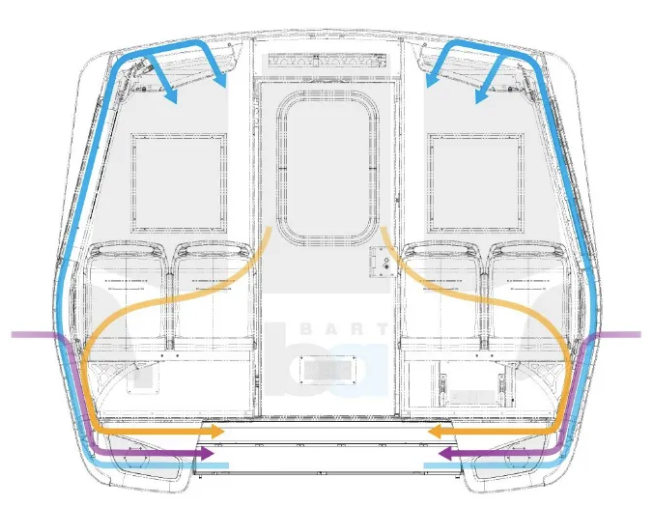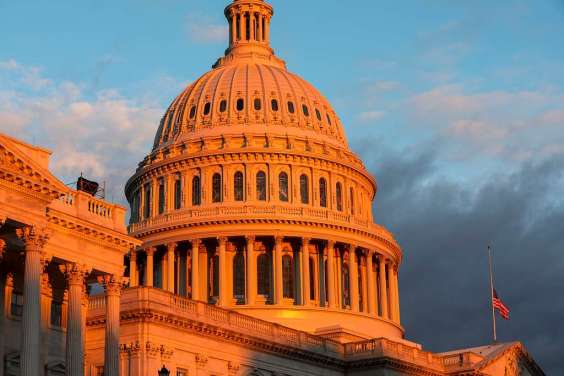Bay Area transit agencies released their "Riding Together: Bay Area Healthy Transit Plan" Wednesday, which establishes protocols and recommendations "...for frequent cleaning, personal protective equipment, face coverings, social distancing, ventilation, and touchless fares." The 26-page study was put together by the MTC's "Blue Ribbon Transit Recovery Task Force," a collaboration of BART, SFMTA, and 28 other transit operators and government organizations for making transit safe in the time of COVID.
"Economic recovery can't happen without transit. And transit doesn't work if our passengers and operators don't feel safe,” said SFMTA Director of Transportation Jeffrey Tumlin in a statement about the study. “The SFMTA’s Transportation Recovery Plan uses the latest international data and best practices to support San Francisco’s economic recovery by providing more essential trips, protecting the health and safety of our employees and customers, and serving those who are most dependent on transit.”
The plan, as outlined in the video embedded below, contains an overview of familiar federal and county guidelines for preventing the spread of COVID-19, including mandatory mask wearing and maintaining distance. It also encourages transit operators to promote a quiet/no talking campaign, so riders release fewer respiratory droplets. And it asks customers not to close windows unless cleared by a bus operator. It departs with the six-foot recommended social distancing and suggests operators "Manage capacity, as possible, to provide spacing to achieve the 3-foot physical distancing minimum requirement."
However, it's squishy on how such rules will be enforced, except to suggest de-escalation training and providing operators with masks to hand out to the public.
"This plan still leaves most of the decisions up to each individual operator, which will lead to unsafe gaps and inconsistencies. It claims to ‘give transit customers consistent expectations,’ while still asking each operator to come up with their own assessment protocols, determinations of minimum PPE, and job hazard analyses. The document relies heavily on employee and rider responsibility, without requiring significant action or changes from transit operators," wrote TransForm's Hayley Currier. "For example, it emphasizes the importance of masks and good hand hygiene, yet doesn’t require transit to provide masks, hand sanitizer, or hand-washing stations."
“This report does not provide clear regional standards to ensure the health and safety of transit workers and riders,” wrote Urban Habitat’s Executive Director Ellen Wu, who is a member of the MTC Blue Ribbon Transit Recovery Task Force. “Transit workers and essential workers who rely on public transit are paying a disproportionately heavy price during this pandemic, the majority of whom are low-income people of color.”
“Workers and riders deserve to feel and be safe. That’s what frontline workers, bus and train operators, and people who depend on transit said in hundreds of emails, phone calls, and public comments to MTC over the last four months," added Currier. "It’s clear now that transit agencies won’t impose rigorous standards on themselves — MTC must hold transit agencies accountable to strong, consistent safety standards."
Read more coverage of the plan in Streetsblog California.
Again, the full study is available HERE.






